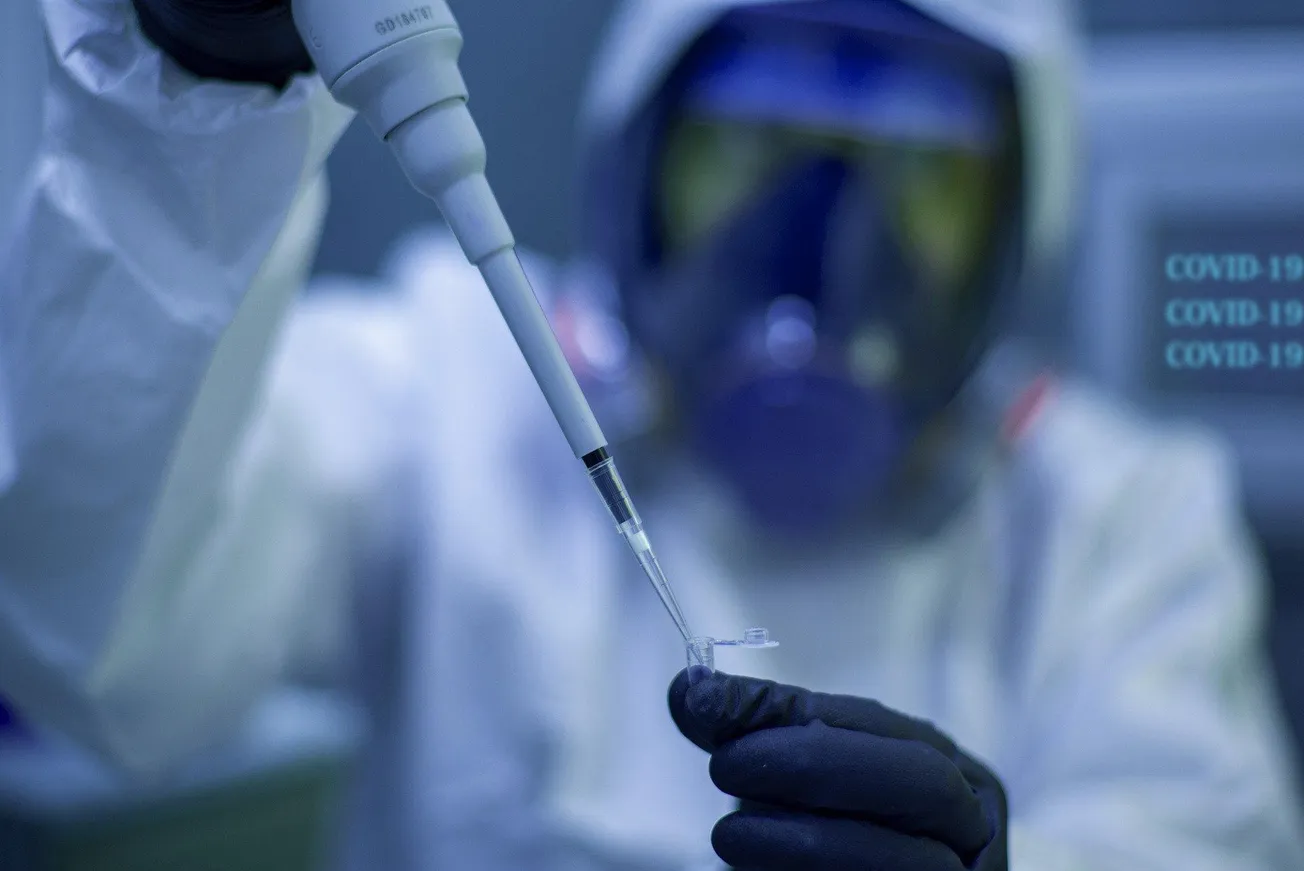The world is supposed to be shocked that a new COVID-19 variant has a whole host of mutations. The only real surprise, however, is that, with such an uneven rollout of vaccines, such a development didn’t occur before now.
The new variant, B.1.1.529, was tagged “Omicron"—the Greek letter “short o"—and labelled a “Variant of Concern'’ by the World Health Organization scientists on Nov. 26, Friday evening. It was evidently first discovered in Botswana in early November, however, most of the dozens of cases identified have been in South Africa’s Guateng Province. The heavily populated, though small province, includes the major city Johannesburg. South Africa has one of the world’s best genetic sequencing operations for identifying new strains of Covid.
Questions about its transmissibility, its virulence, and the efficacy of vaccines against it are now on the table. The unusually large number of mutations (ten, as opposed to two or three on the Delta and Beta variants) found on the spike protein is at the center of the concern. The spike protein is a feature of the virus that made it efficient in latching onto human cells, and, hence, is a key feature for the vaccines to target. The high transmissibility of both the original virus and, later, the Delta variant, suggests that the virus was at or near peak capability in infecting humans, so it has been thought that random mutations were not that likely to make a significant difference in transmissibility. However, the initial estimation, from genetic sequencing, that 90% of the recent cases in Guateng are the Omicron variant, speaks to the possibility of a very high transmissibility.



